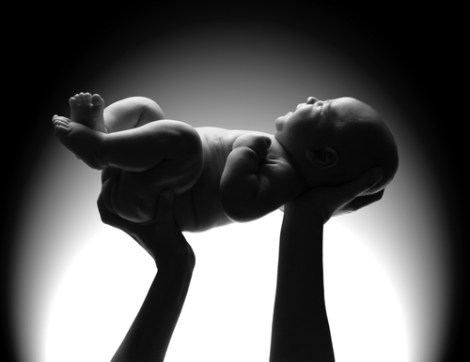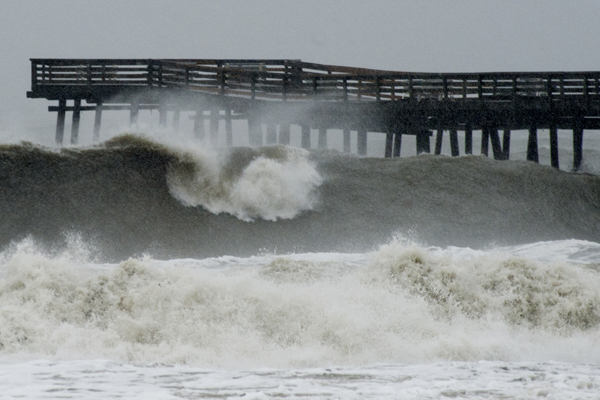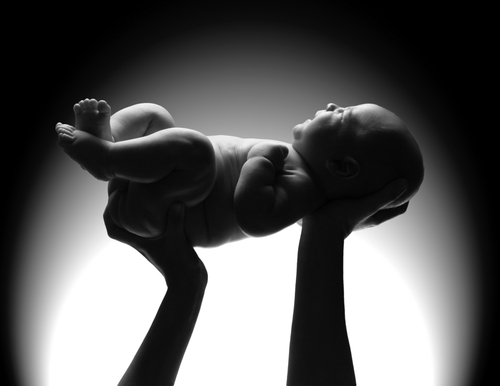Despite what my Facebook friend feed may be implying lately, California as a whole is not bursting at the seams with cute drooly babies. In fact, the Golden State is having a population crisis, at least by American standards. According to a new report from the University of Southern California, the state is making a “historic transition”: California’s fertility rate has dropped to 1.94 children per woman, below the 2.1 rate that replaces and grows the population and the economy. The U.S. birthrate was 2.06 children last year. Demographers are calling the drop, which has affected all racial and ethnic groups, “unprecedented” (and “European”).

Shutterstock
“Kids are no longer overrunning us. Now they’re in short supply,” demographer Dowell Myers told the San Jose Mercury News. “It changes the priorities for the state.”
Post-baby-boom, California had no population worries. In 1970, kids accounted for a third of the state’s population. Now they’re projected to make up one-fifth by 2030.
The Wall Street Journal is particularly hysterical about what a lower population might mean for California’s economic growth.
“Unless the birthrate picks up, we are going to need more immigrants. If neither happens, we are going to have less growth,” said [Stephen Levy, director of the Center for Continuing Study of the California Economy]. The report wasn’t optimistic, saying that “with migration greatly reduced…outsiders are much less likely to come to the rescue.”
Investments in the state’s education system will be vital to meet labor-force needs and prevent the economy from contracting, said Mr. Levy. With less migration to the state, the skills and human capital necessary to keep California’s economy afloat will need to be homegrown, both Mr. Levy and Mr. Myers said.
With more than 90% of the state’s children under age 10 born in the state, “the majority of the next generation of workers will have been shaped by California’s health and education systems,” Mr. Myers said. “It’s essential that we nurture our human capital.”
Yes, nurturing, let’s do that. But all these people are talking like California’s population is shrinking, which it’s not at all: Between 2010 and 2012, it grew by nearly 700,000 people, in large part due to immigration. That’s just a lot less growth than before.
It may be historic, but it’s hardly surprising. California suffered some of the worst fall-out from the housing boom and bust, has filled its jails well over capacity, and has cut services across the board, while many of its municipalities, as the Wall Street Journal put it, are slouching toward insolvency. At least a fifth of California’s kids grow up in poverty. Why should we be sad there aren’t more of them?
California’s kids will unfortunately face a heavier burden in taking care of the state’s booming elderly population. But with more kids, they’d also face a heavier burden in competing for dwindling resources. A smaller population is a more sustainable one in the long run. Immediate economic concerns aside, a goal of perpetual, endless growth isn’t good for anyone, the cute and drooly among us included.



